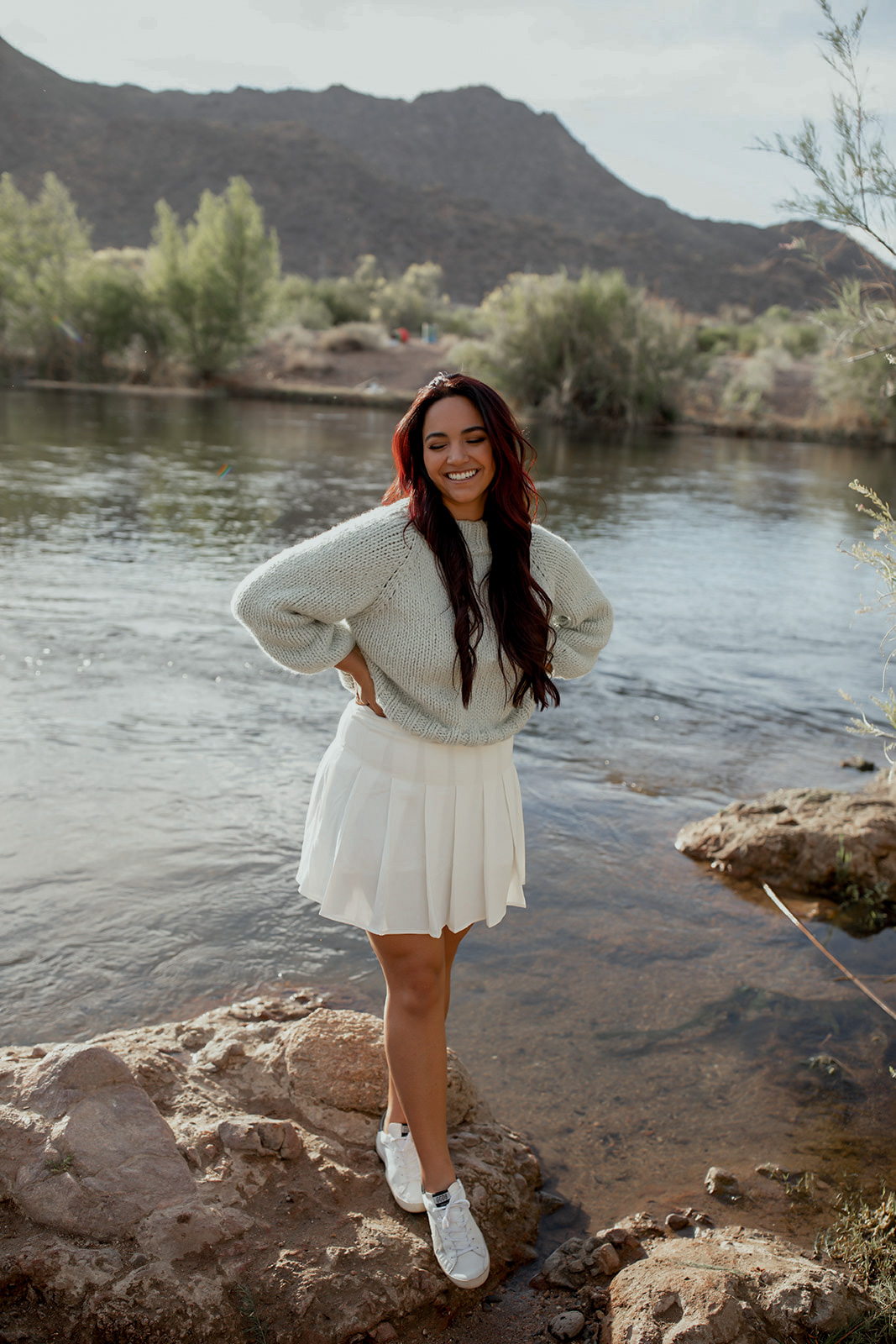
In 2022, sustainability is quite the buzzword in the fashion industry. The term is thrown around loosely, without any real standards around how the the term is defined. There are plenty of other terms within the industry including eco fashion, slow fashion, circular fashion… the list goes on. As a brand, it’s trendy to use the term sustainability (which is where greenwashing comes in). However, the term relatively undefined in the industry and it can be difficult to determine what exactly it means. Let’s break it down.
Sustainable Fashion
[Sustainable fashion is] apparel that has been produced, sold, and distributed in such a way as to minimize, as much as possible, any damaging social and environmental impact. To be classified as sustainable, a company must reduce negative impacts at multiple stages of the supply chain and of the product’s lifecycle. Examples include Reformation, Allbirds, Eileen Fisher, Patagonia.
ThredUP Impact Report
The UN describes sustainability as “development that meets the needs of the present without compromising the ability of future generations to meet their own needs”. When it comes to sustainable fashion, it means striking a balance between the manufacturing and consumption of clothing and the long term effects on the environment and our society. This can include avoiding the overconsumption and eventual depletion of natural resources but also the avoiding the exploitation of garment workers or communities. Sustainable fashion can include a variety of terms like eco fashion, slow fashion, circular fashion, and ethical fashion – all of which have slightly more specific definitions attached to them.
Eco Fashion
Eco-fashion (often used interchangeable with sustainable fashion) is defined as apparel and other goods made from recycled materials or produced by methods that are eco-friendly (i.e. not harmful to the environment). Eco-fashion may also take the health of the consumer and garment workers into account.
This clothing is generally made from raw materials (produced without the use of pesticides or other toxins) or recylcled materials and free from certain harmful chemicals.
Slow Fashion
Slow Fashion, in the shortest definition, is the opposite of fast fashion. The fast fashion cycle has upwards of 50 micro-seasons and involves rapidly creating new designs and producing new garments. Slow fashion, at its core, is about slowing down the overconsumption rampant within the fashion industry. While the movement goes hand-in-hand with more sustainable processes within the indutry, slow fashion is more focused on investment pieces. It’s buying fewer pieces in total and higher quality garments that last longer.
Circular Fashion
Circular fashion is about extending the life of a garment. The circular fashion model includes keeping the clothes in use (by means of thrifting, upcycling, repairing, etc.), using renewable materials, and creating solutions that turn old clothes into new clothes.
Ethical Fashion
Ethical fashion is sometimes used interchangeably with eco-fashion and sustainable fashion as well. However, ethical fashion tends to lean more toward “what is considered morally right.” It tends to call out the mistreatment of garment workers, working conditions, wages, and animal welfare. However, this movement can sometimes place more emphasis on these pieces of the equation and less on the impact of climate change or environmental issues.

So, the terms above all fall into sustainable fashion, but those aren’t the only terms that are good to know. Here are some of the other helpful terms to know in this industry.
Fast Fashion
As I talked about breifly above, fast fashion is the quick movement of many fashion cycles leading to the overconsumption and rapid manufacturing of a lot of clothes. A lot.
When we think of fast fashion, we think of the giants like Shein, Romwe, H&M, and so many more. However, fast fashion shouldn’t just focus on the biggest players. Fast fashion is the whole movement of cycling quickly through cheaply-made, low-quality clothing that is tossed after just a few wears. Generally, it’s made with such cheap materials that it can’t even be recycled into anything usable. Many think that this clothing can be resold or donated, but with the sheer volume being produced and bought, 85% of all clothing ends up burned or in landfills.
These pieces are typically made in bad working conditions with toxic materials. Fashion fashion does harm to its workers, its consumers, and the environment.
Minimalism
Minimalism has been a growing trend within the sustainable fashion movement. The minimalist movement is about stripping back on the non-essentials. In the fashion world, it means only keeping clothing that really sparks joy. If you’ve heard about capsule wardrobes, that is a great way to embrace minimalism in your closet.
Greenwashing
As consumers look to buy from brands with more sustainable initiatives, greenwashing has been rampant in the fashion industry. Greenwashing is the practice of using marketing to portray a company’s initiatives and practices as more sustainable and ethical than they are.
This may include having a single line or collection of sustainable clothing (without adopting company-wide policies), introducing more green packaging (and nothing else), or some other initiative that looks good on paper without really addressing environmenal or labor concerns.
Traceability
Traceability is the concept of a company knowing it’s supply chain from start to finish. It should be able to track all of a product’s components from start to finish, including raw materials to the putting the finishing label and buttons on a shirt.
Fair Trade
Fair trade describes a brand or an individual product that has been certified and labelled by an independent organisation because it meets certain standards. The general goals of these standards are to support producers from underdeveloped countries through trading, protection of workers’ rights, preservation of the environment, and the promotion of sustainability.
Good on You, What is Fair Trade?
The fair trade movement focuses a lot on protecting the environment and workers’ rights. While I encourage you to look more into the specificities of fair trade standards, fair trade is a good jumping off point for consumers to find products that fit a general set of standards.
Carbon Neutral
Carbon offsetting is the practice of a company investing in practices that offset their carbon emissions. Being carbon neutral means a company has essentially invested in enough environmental initiatives to “offset” their carbon production.
Unfortunately, carbon neutrality is not the be-all-end-all of fixing the negative impacts of the fashion industry. We have a long way to go.

Ok – I know that was quite a lot to take in, but I hope this quick intro to sustainable fashion terms is a good start for those who are starting on their sustainable fashion journey.
If you’ve noticed anything different around here, I’m excited to be one of Google’s paid early testers for their Thank with Google pilot program! Thank with Google is an experimental feature that allows you to purchase a virtual sticker and directly show your appreciation for content on my website. As supporters of my blog, this can help you feel more connected and engaged with the ability to express yourself and share what my work means to you.
There are so many stickers to choose from and, when you send a paid sticker, you can add personal messages, which mean so much to me! For me, these virtual stickers translate into direct revenue to support me and my work that goes into all this content.
You can find the Thank with Google feature in multiple places on my site. If you try it out, let me know what you think! Thanks for your support!


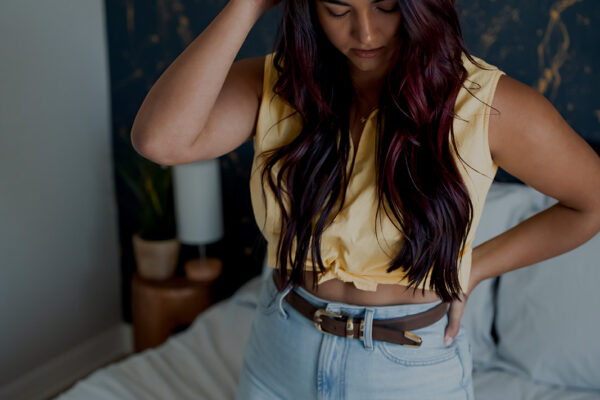

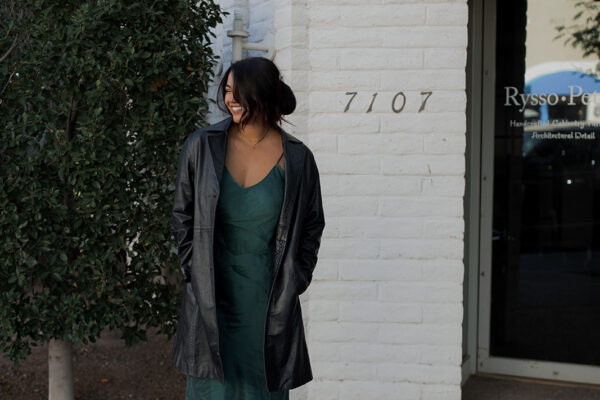
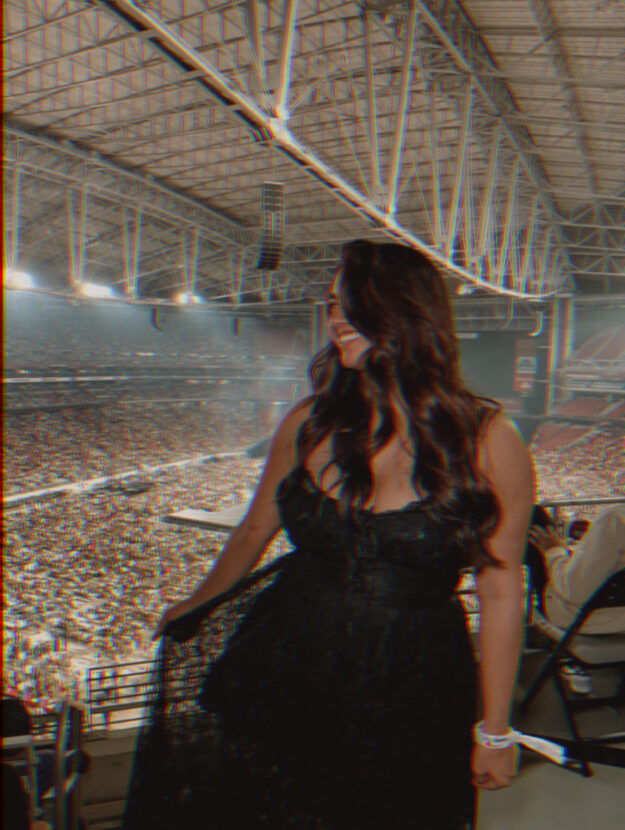


1 Comments
Comments are closed.